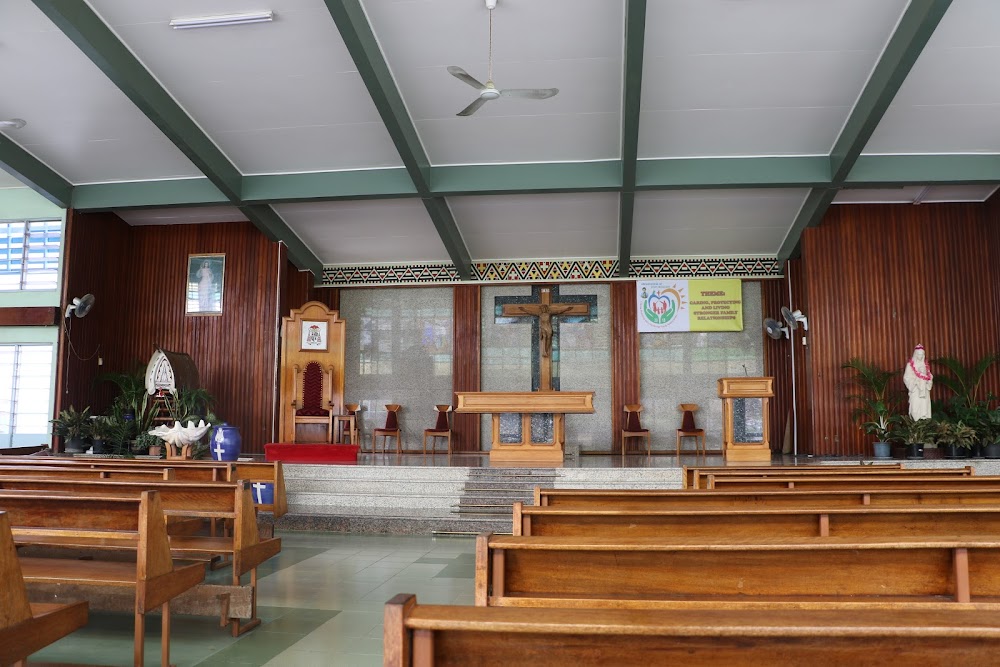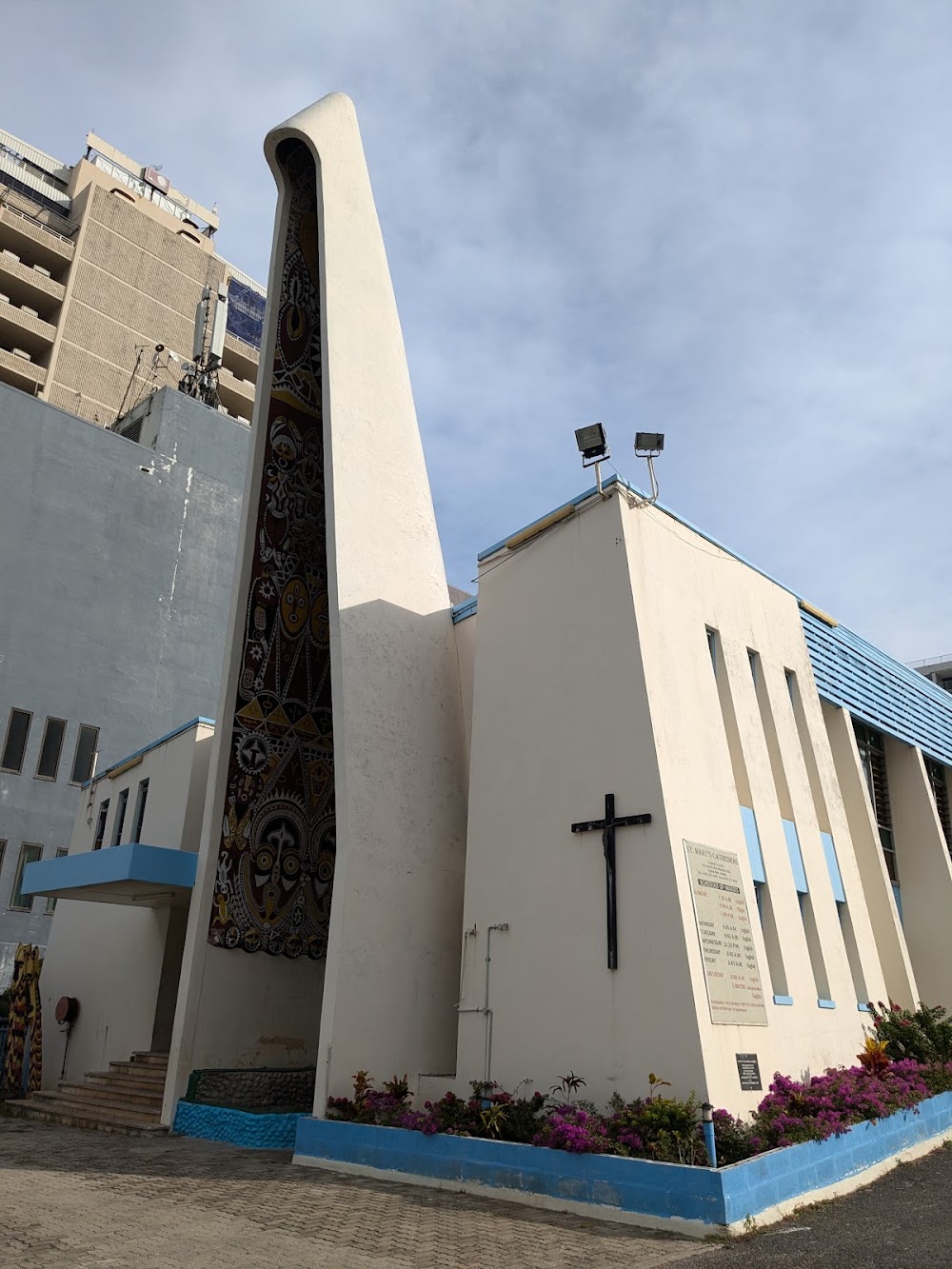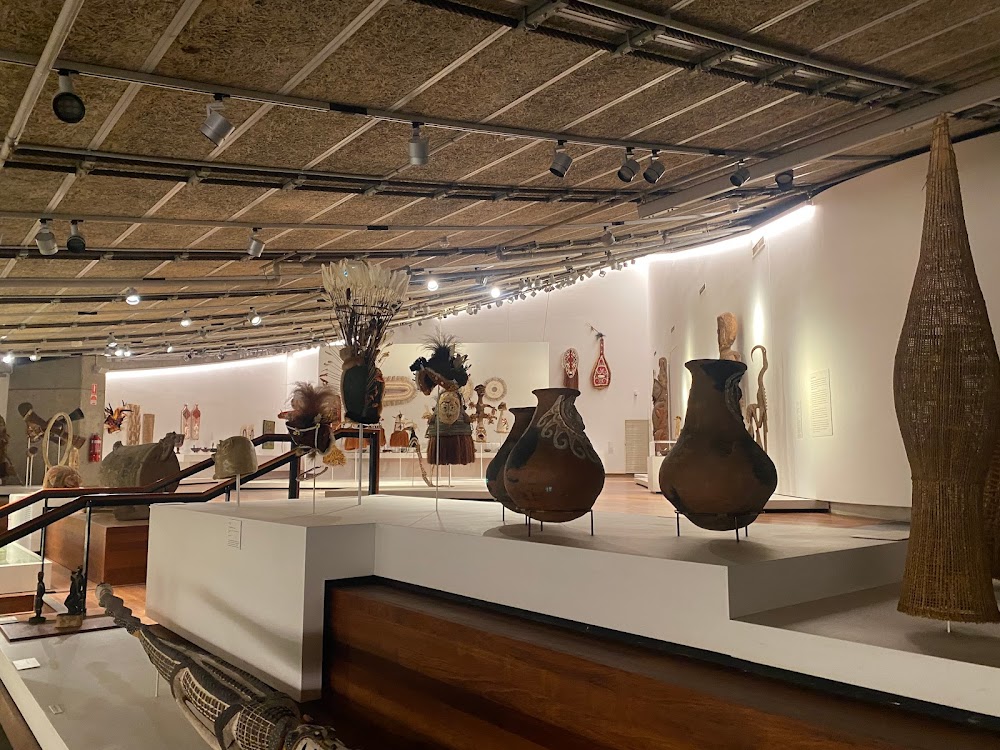Saint Mary's Catholic Cathedral (Saint Mary's Catholic Cathedral)
Overview
Saint Mary's Catholic Cathedral is a stunning landmark of faith and architectural brilliance nestled in the heart of Port Moresby, Papua New Guinea. This magnificent structure not only serves as the principal place of worship for the Catholic Archdiocese of Port Moresby but also embodies the spirit and culture of PNG, making it a true beacon for the community.
History and Inception
The cathedral's journey began in the early 20th century when the growing Catholic community sought a central place of worship. Initially, a simple church was established on the site, but as the congregation expanded, the need for a grander and more permanent structure became evident. Inspired by a vision shared by local and international clergy and laity, plans for Saint Mary’s Catholic Cathedral were set in motion, aiming to create an edifice that would inspire future generations.
Architectural Design and Construction
Construction of the cathedral began in the late 1960s, marked by a collaborative design effort that harmoniously blended local architectural expertise with international insights. This unique partnership ensured that the cathedral would serve not only as a place of worship but also as a symbol of unity and cultural heritage. The architectural plans incorporated traditional Melanesian elements alongside modern design, resulting in a structure that is both respectful of local customs and forward-looking.
The building of the cathedral was a true community endeavor. Local laborers and artisans played a pivotal role, infusing their craftsmanship and ingenuity into every aspect of the construction. Traditional materials like timber and concrete were utilized extensively, contributing to the cathedral's distinctive aesthetic. Intricate carvings and decorations that reflect Papua New Guinea’s rich artistic traditions adorn both the interior and exterior, narrating a visual story of faith and culture.
Consecration and Significance
The cathedral was completed in the early 1970s and was consecrated in a ceremony that united people from across the nation. The main altar, a masterpiece crafted from local materials, serves as the focal point for liturgical celebrations, showcasing exquisite craftsmanship. The stained glass windows, imported from Europe but designed to reflect Melanesian themes, add vibrant colors and light, enhancing the spiritual ambiance of the sanctuary.
A Community Hub
Saint Mary's Catholic Cathedral transcends its role as a place for Sunday mass; it has become an integral part of life in Port Moresby. Over the years, it has hosted numerous significant events, including ordinations, weddings, and state religious ceremonies. Its influence extends beyond spirituality, often serving as a hub for social and cultural gatherings, reflecting the church's broader mission of community building.
Continued Relevance
Today, Saint Mary's Catholic Cathedral continues to thrive, with renovations and maintenance ensuring that the structure remains in excellent condition. Modern amenities have been thoughtfully integrated, making the space accessible and comfortable while preserving its historical and architectural integrity.
The cathedral also runs various educational and outreach programs that cater to the community's diverse needs. These initiatives include youth activities, cultural workshops, and support services, positively impacting many lives. Furthermore, the cathedral engages in interfaith dialogue, promoting unity and understanding among different religious communities in Port Moresby.
In summary, Saint Mary’s Catholic Cathedral stands as a powerful testament to faith, culture, and community. Its evolution from humble beginnings to the imposing structure it is today mirrors the growth and development of the Catholic community in Papua New Guinea. With a unique blend of tradition and modernity, it continues to be a sanctuary where the sacred meets the everyday, providing solace, inspiration, and a sense of belonging to all who enter its doors.







